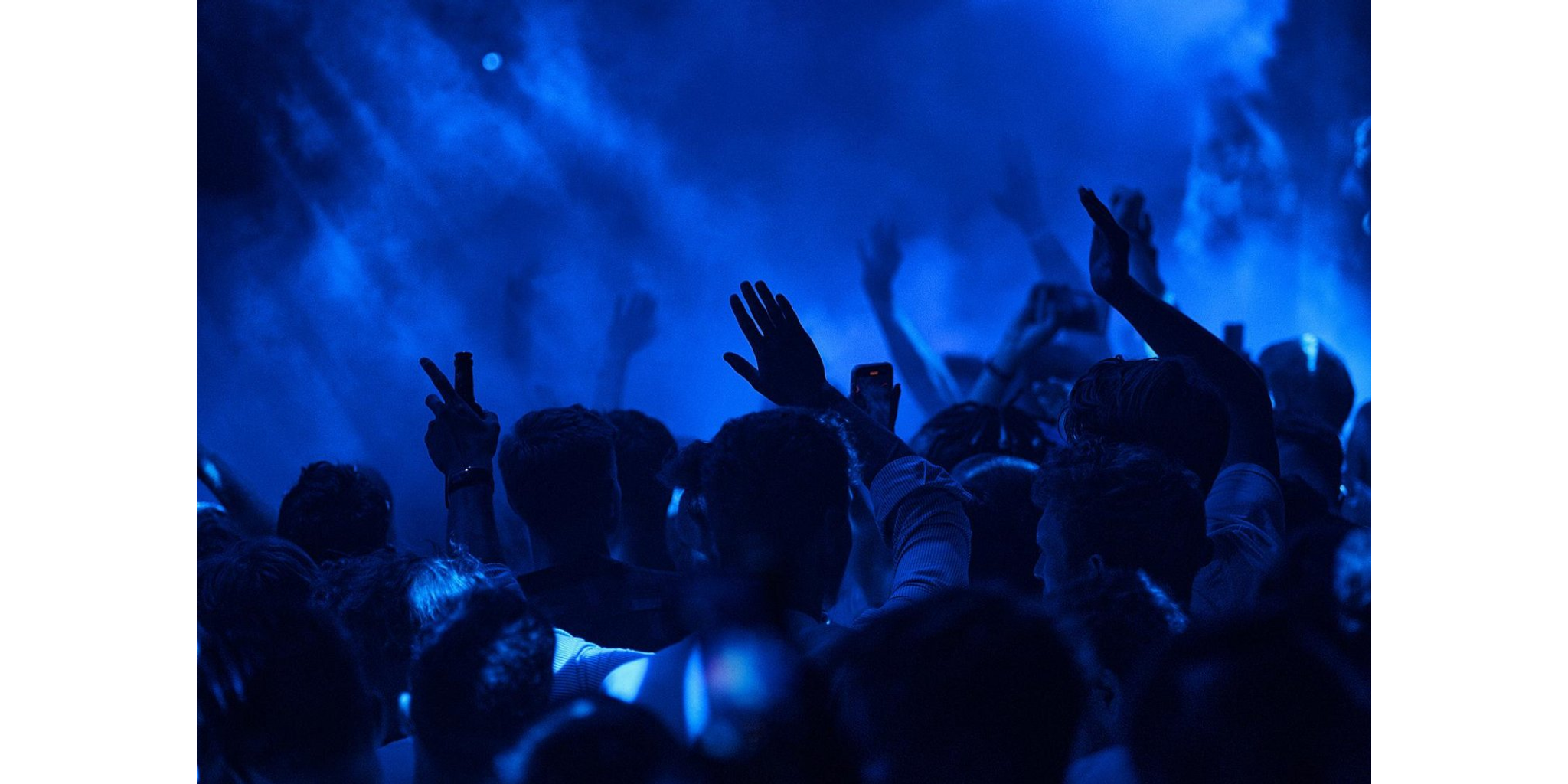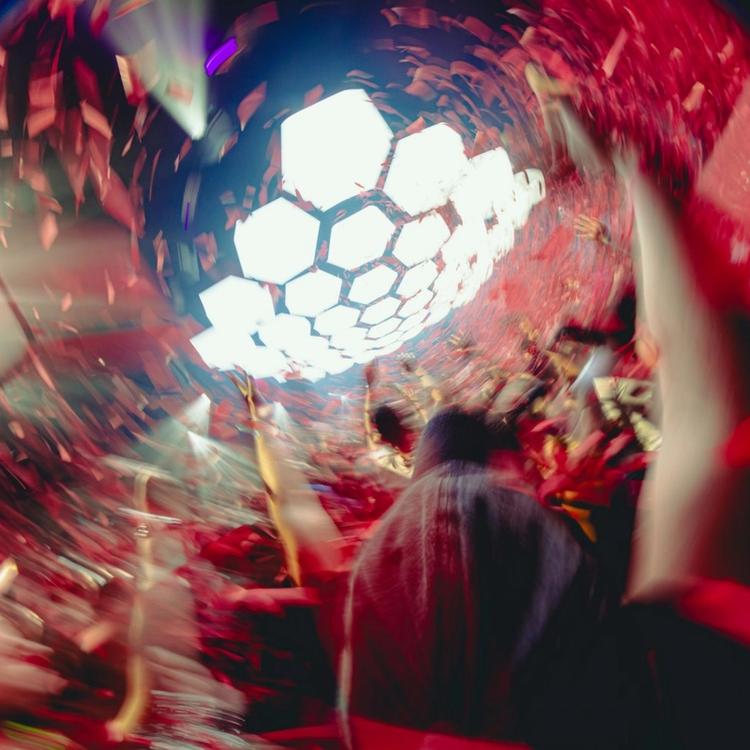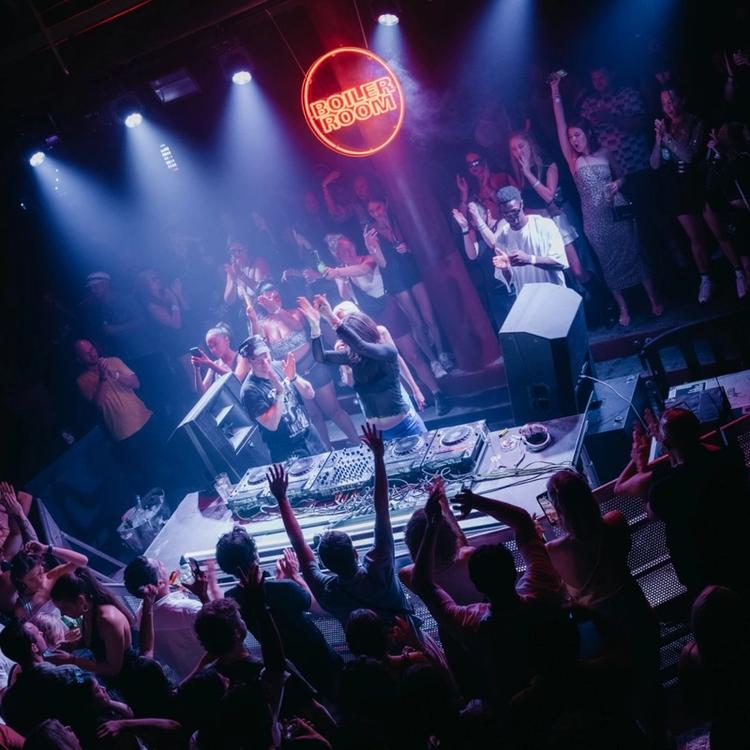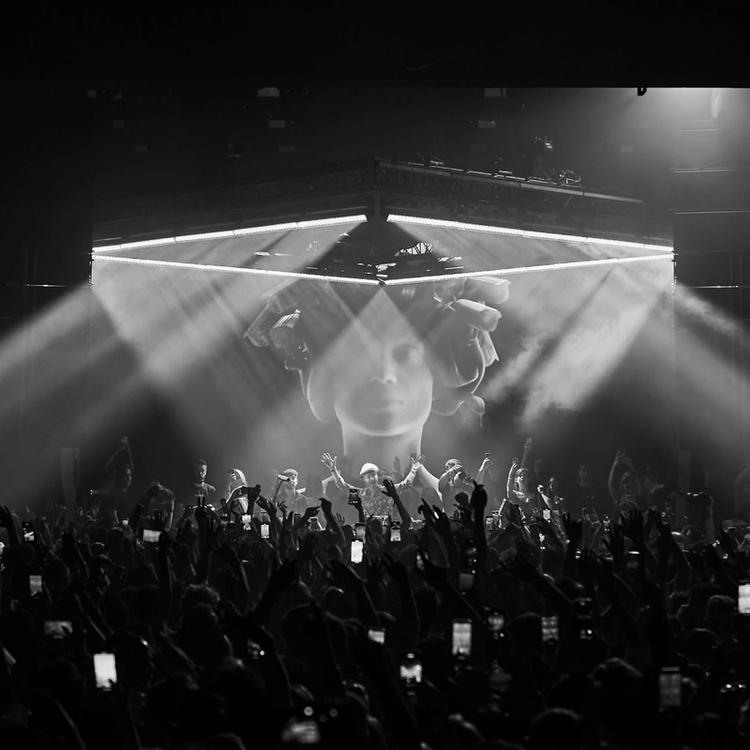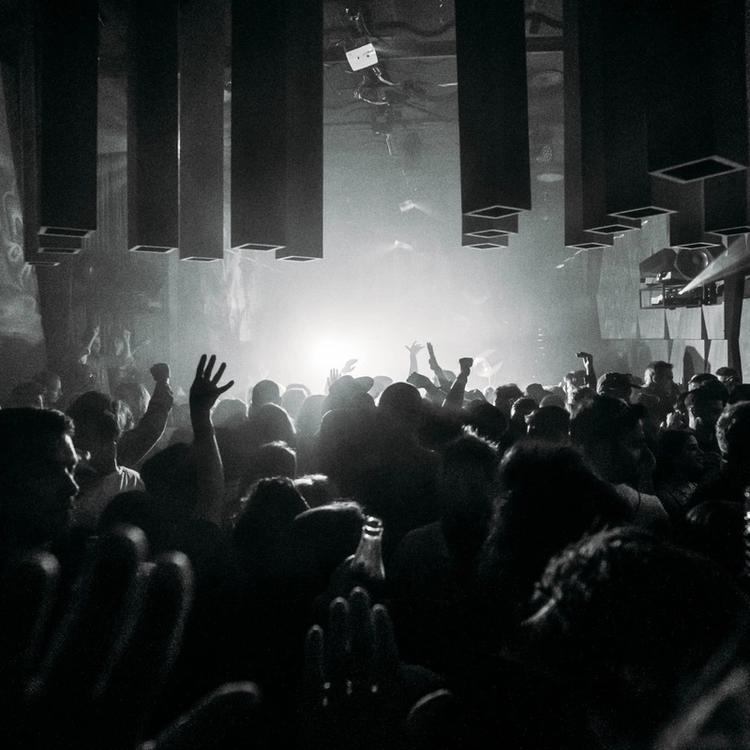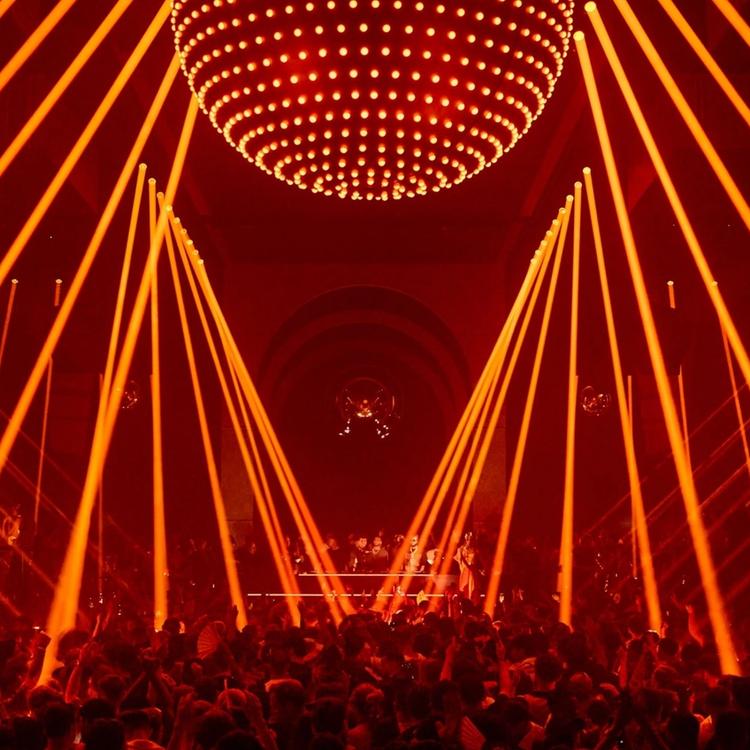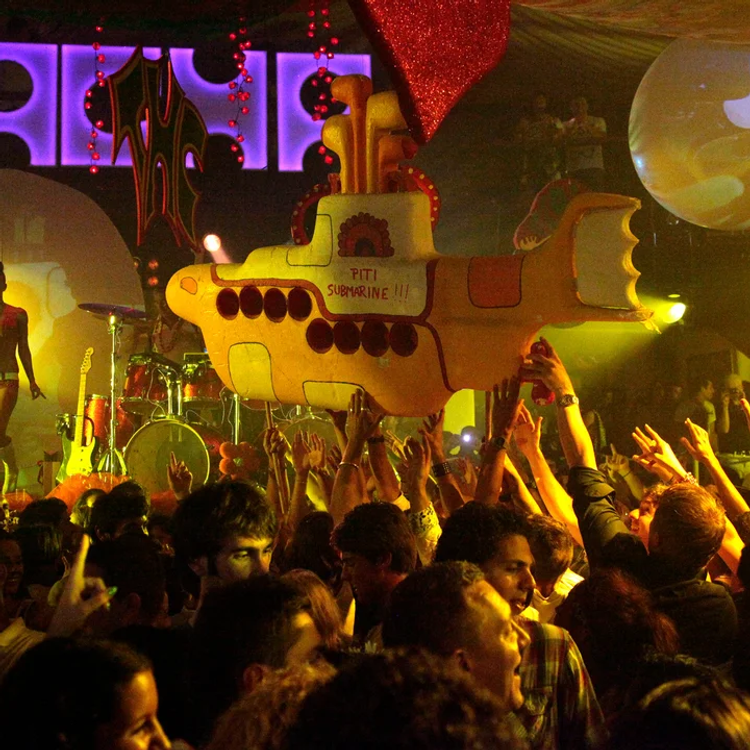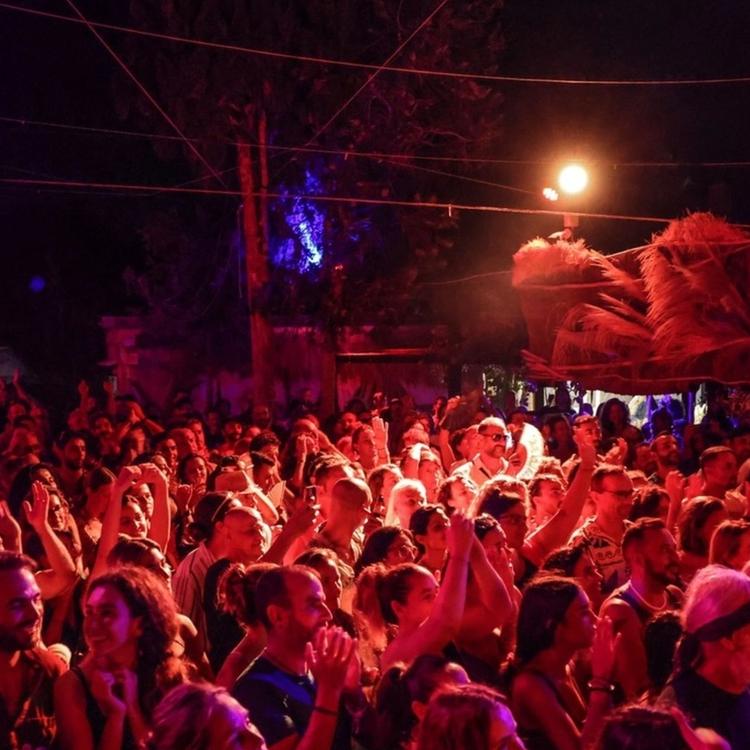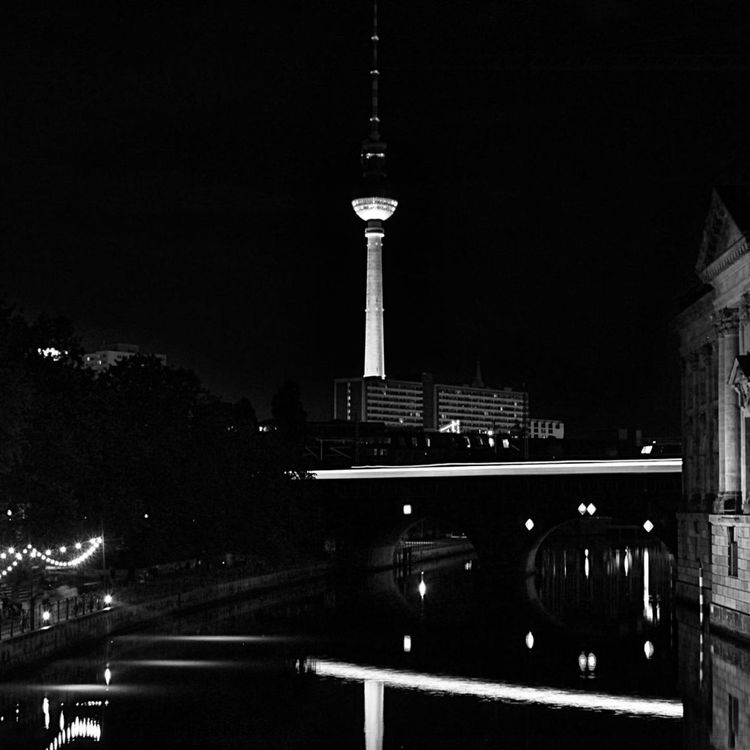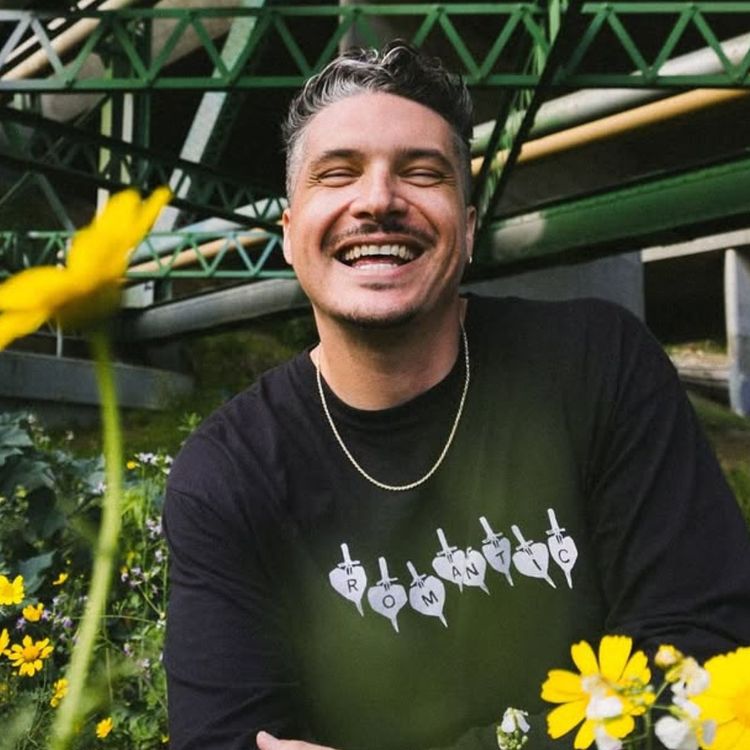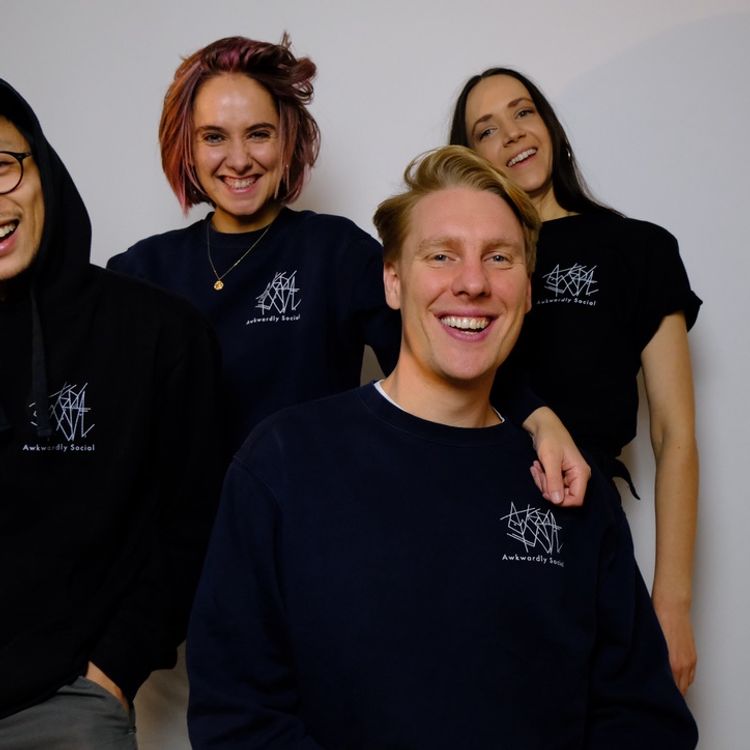The Forgotten Clubs of Ibiza: Venues That Came and Went
Ibiza, famed worldwide as the epicenter of club culture, has seen countless iconic venues come and go over the decades. Behind today’s celebrated venues like Hï, Amnesia, Pacha, or DC-10 lie the faded echoes of clubs that once defined eras, hosted legendary performances, and ultimately closed their doors or transformed into something new.
The 1980s marked the beginning of Ibiza’s global fame, characterized by open-air extravaganzas and unmatched freedom. At the forefront was Club Ku, which opened in 1979 in San Rafael. Known as the Mediterranean's answer to Studio 54, Ku became synonymous with a hedonistic spirit and celebrity-studded parties featuring Grace Jones, Freddie Mercury, and Divine. At its height, Ku drew crowds of 10,000 around its giant swimming pool and stage, hosting performances by James Brown and Duran Duran. Yet, as Ibiza’s popularity grew, stricter noise regulations forced open-air clubs to enclose their dancefloors. Ku was transformed into Privilege in 1995, famously becoming home to Manumission, an extravagant party renowned for its wild theatrics and legendary DJ residencies including Tiësto and Armin van Buuren.
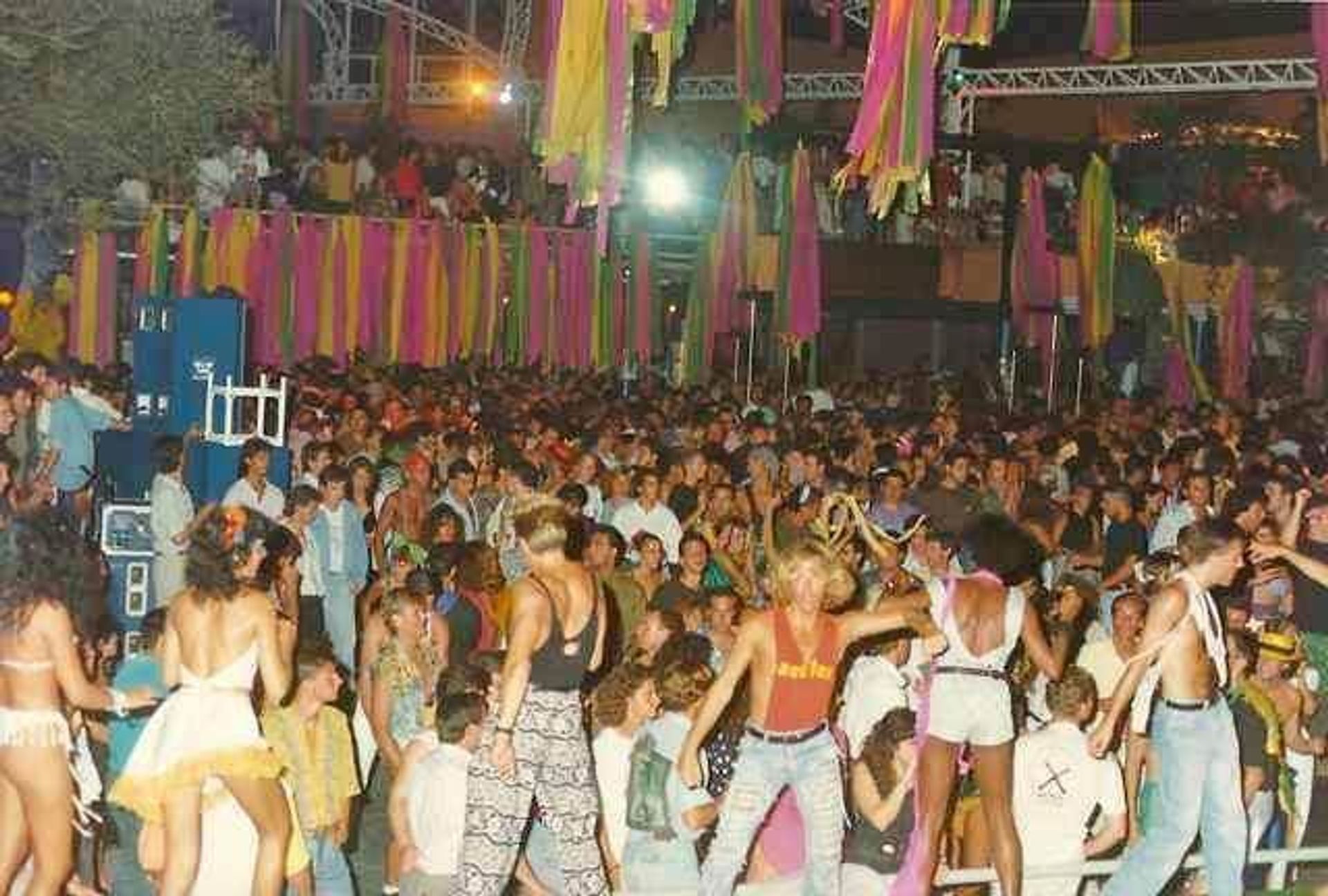
As the clubbing scene evolved in the '90s, another significant venue emerged near Ibiza’s airport - Space Ibiza. Initially a modest conference hall, Space found its rhythm by becoming Ibiza’s premier after-hours venue, opening its doors as other clubs closed theirs. British DJs Alex P and Brandon Block were early residents who shaped its distinctive vibe, turning daytime partying into a global phenomenon. Its famed open-air terrace became legendary, with clubbers dancing beneath passing airplanes. Despite thriving for decades and becoming a pilgrimage site for clubbers worldwide, Space closed in 2016. It was replaced by Hï Ibiza, signaling a shift toward more polished, luxury-focused nightlife.

Meanwhile, Ibiza Town had its boutique glamour spot in El Divino, which opened in 1992. This intimate club with panoramic views across the marina to the historic Dalt Vila hosted renowned residencies from Defected Records, Hed Kandi, and DJ Roger Sanchez. El Divino attracted sophisticated crowds and globally acclaimed DJs such as Frankie Knuckles and David Morales. However, competition from nearby mega-club Pacha eventually spelled its downfall. El Divino closed in 2008, making way for Lío, an upscale cabaret restaurant and nightclub by the Pacha Group, highlighting the constant evolution of Ibiza nightlife.
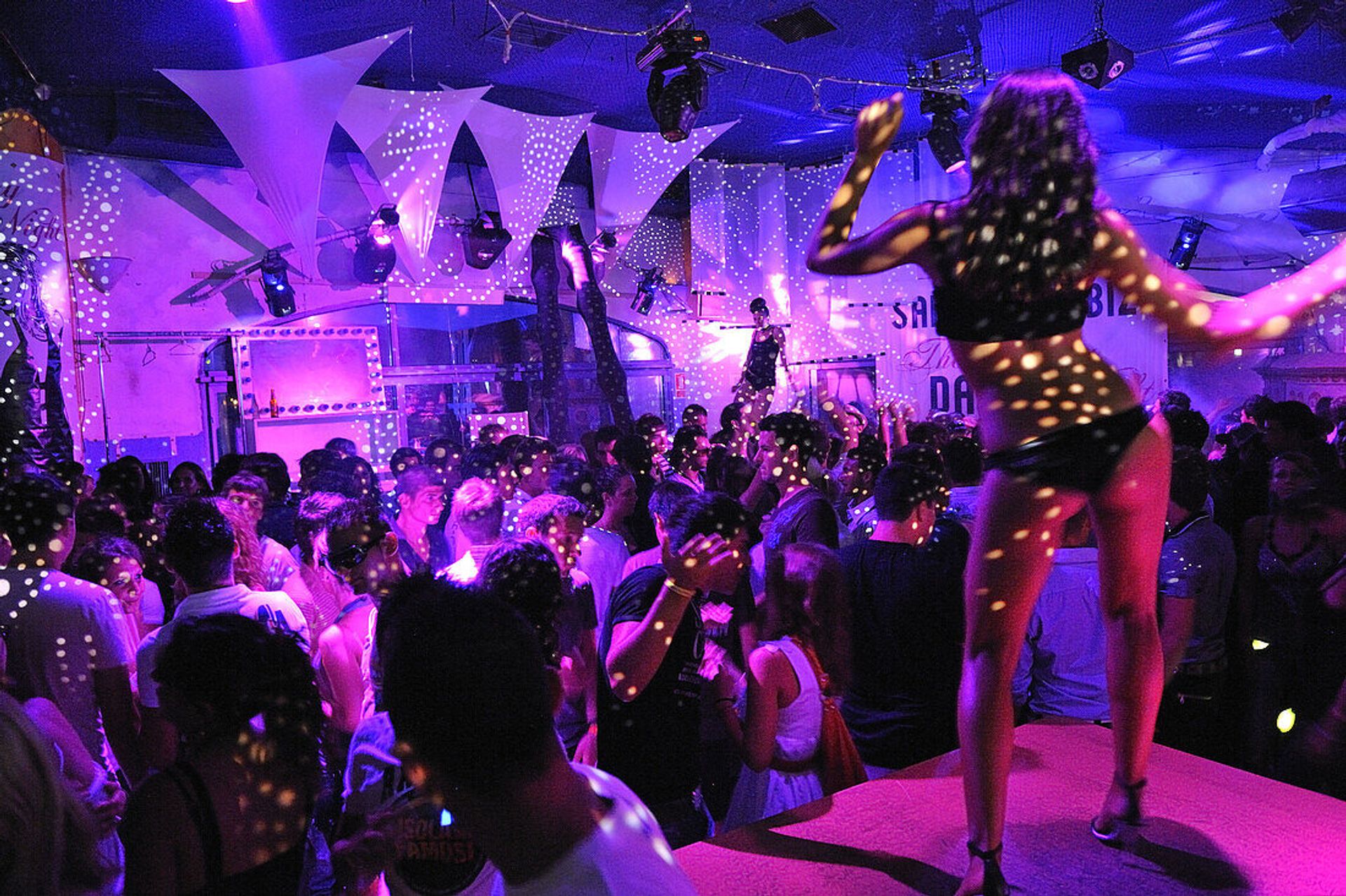
San Antonio, Ibiza’s clubbing hotspot for British tourists, experienced its own transformations. Star Club became Club Kaos in the early '90s before ultimately rebranding as Eden in 1999. Eden gained international fame, notably through Judge Jules’ Judgement Sunday residency, solidifying its presence among Ibiza’s major venues. Nearby, Summum briefly shone in the early '90s, a stylish club featuring lavish décor and big-name DJs like Danny Rampling and Nicky Holloway, before eventually fading into obscurity by the mid-90s.
Not every club enjoyed longevity; some lived short but impactful lives. Booom! Ibiza burst onto the scene in 2013 with great promise, drawing major residencies such as Defected Records and performances by house legend Frankie Knuckles. Yet internal disputes saw its closure by 2014, becoming another short-lived chapter in Ibiza’s complex clubbing history.
Sankeys Ibiza, opened in 2011, successfully brought Manchester’s underground music spirit to the island, hosting popular nights like Viva Warriors with Steve Lawler and Tribal Sessions. However, financial pressures forced its closure in 2018. The venue quickly reopened as Octan, continuing the underground legacy, albeit under a different name. Nowadays it’s known as Avyca and still keeps the underground scene alive.
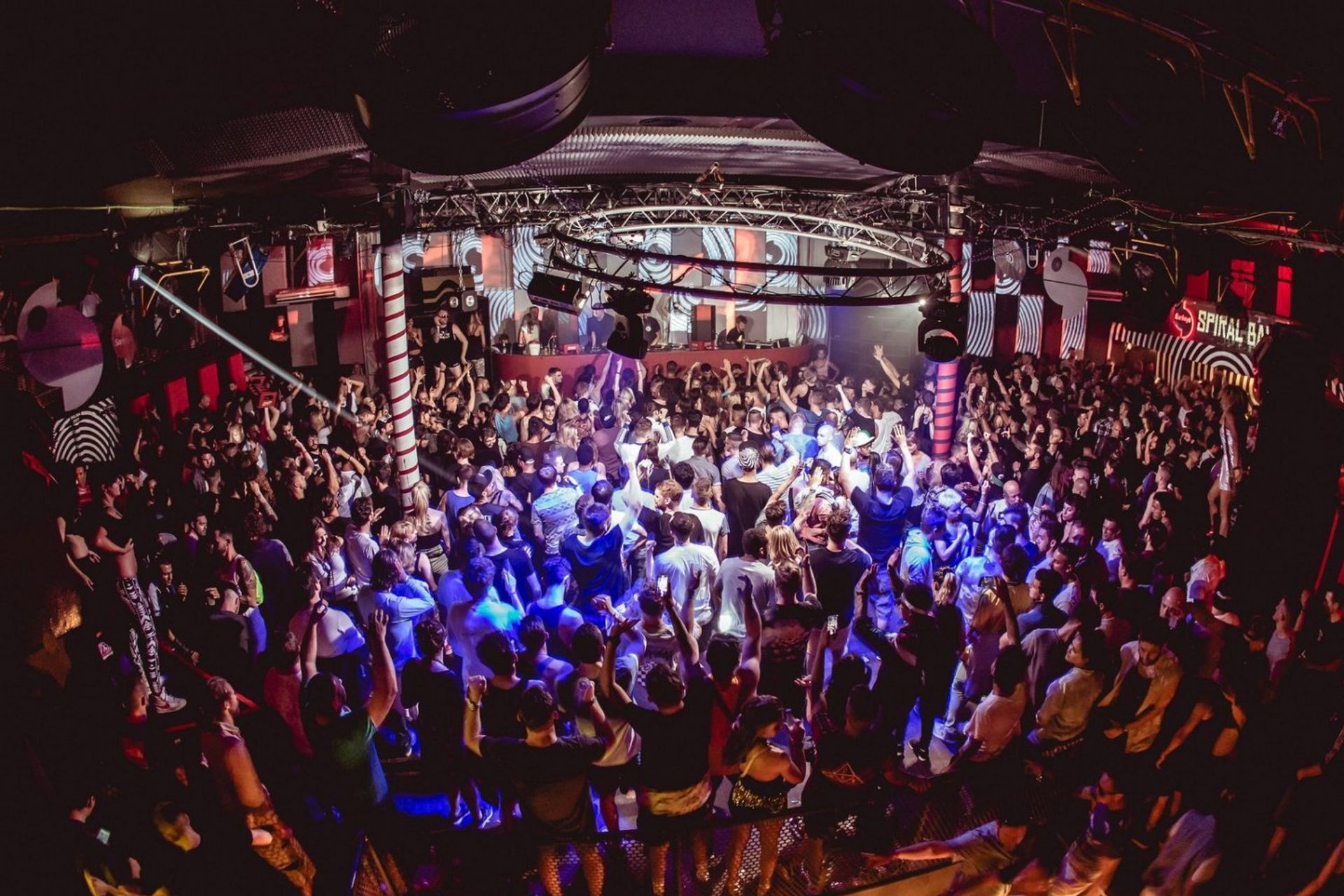
A massive turning point came when Privilege, the massive successor to Ku and once the world’s largest club, closed its doors after the 2019 season due to licensing issues compounded by COVID-19 disruptions. It had hosted everything from the hedonistic Manumission to Radio 1’s massive summer weekends. Now, the iconic space has re-opened as UNVRS, a high-tech “hyperclub” set to reinvent the legendary venue once again.
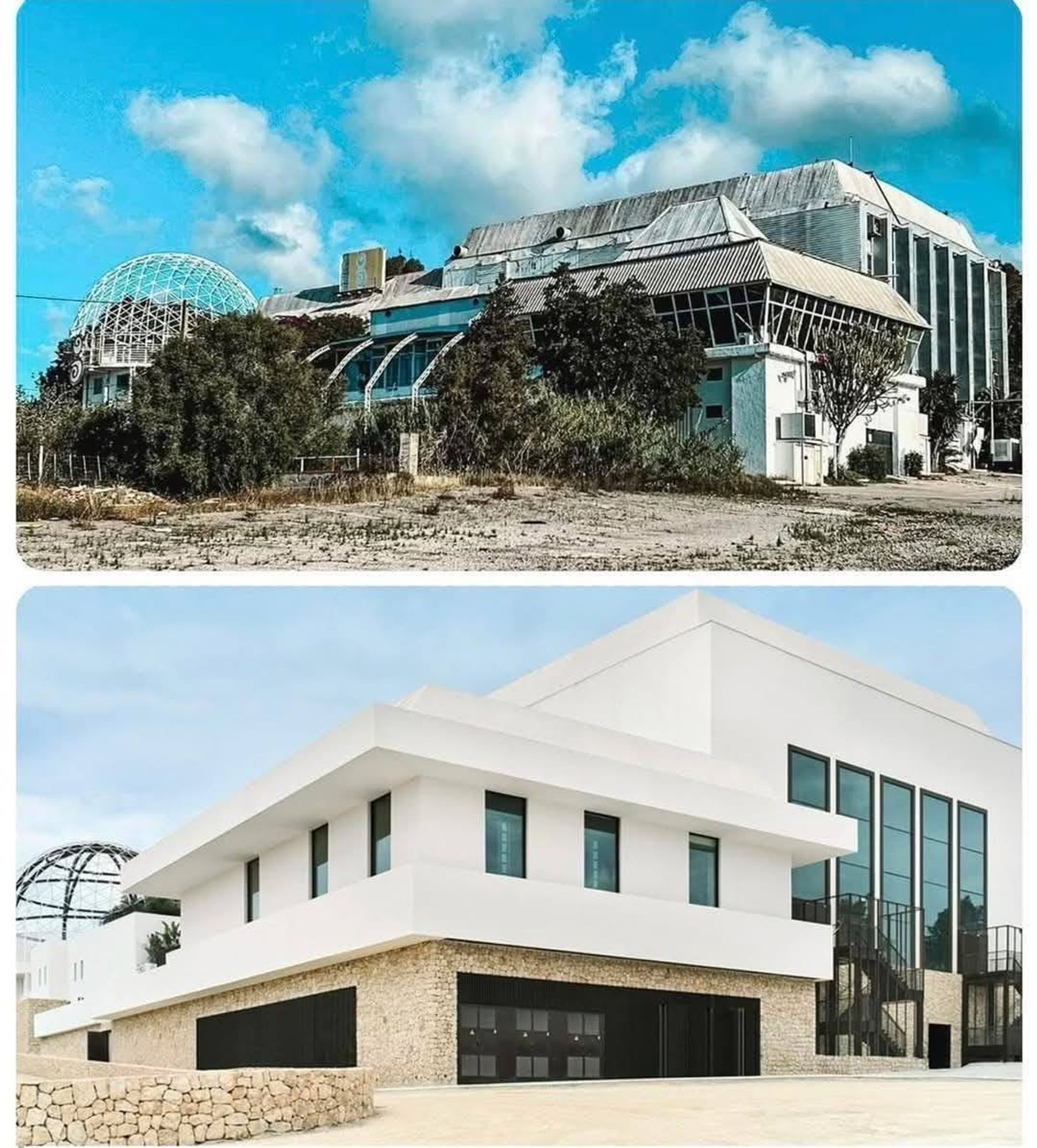
Similarly, the innovative and artistic Heart Ibiza - a unique collaboration between Cirque du Soleil and chefs the Adrià brothers - opened in 2015 to offer avant-garde nightlife combining fine dining, performance art, and electronic music. Despite critical acclaim and a devoted following, Heart succumbed to the pandemic pressures, closing after 2019. Its premises now house Club Chinois, an opulent club inspired by 1930s Shanghai glamour.
Another monumental closure that resonated deeply with clubbers worldwide was Bora Bora Beach Club in Playa d’en Bossa. Opening in 1982, Bora Bora became synonymous with the carefree, open-air Ibiza vibe. Its daytime parties featured spontaneous appearances from legends like Danny Tenaglia, David Morales, and Sister Bliss. Its closure in October 2022 marked the end of an era for Ibiza’s original beach club culture.
Today, Ibiza’s clubbing landscape remains iconic yet distinctly changed from its pioneering days. The island continues to evolve, replacing beloved venues with fresh concepts to match changing tastes and economic realities. Names like Ku, Space, El Divino, and Bora Bora evoke nostalgia among veteran clubbers, representing not merely venues, but iconic eras in Ibiza’s storied clubbing history.
These forgotten clubs may no longer physically exist, but their legacies remain deeply embedded in Ibiza’s cultural fabric. Every track dropped at today’s clubs echoes the spirit of these bygone venues, preserving their stories in the memories and music that continue to shape the White Isle.
